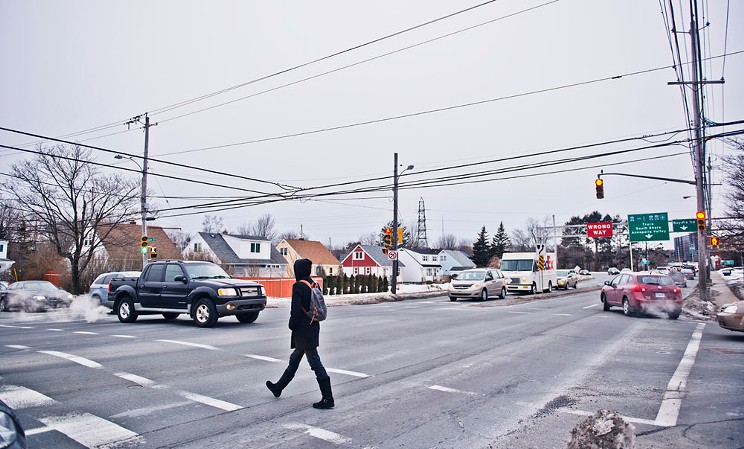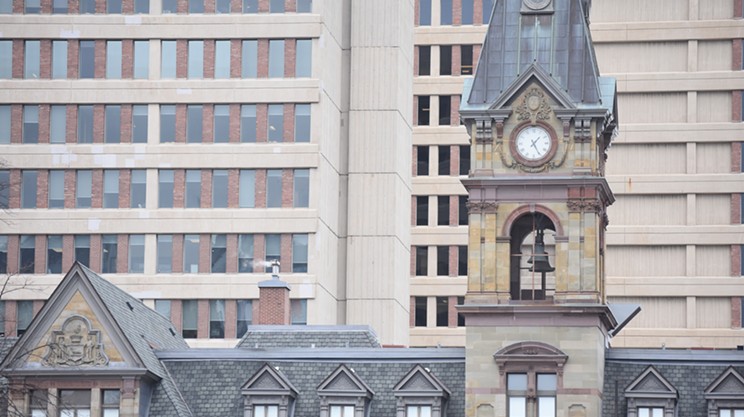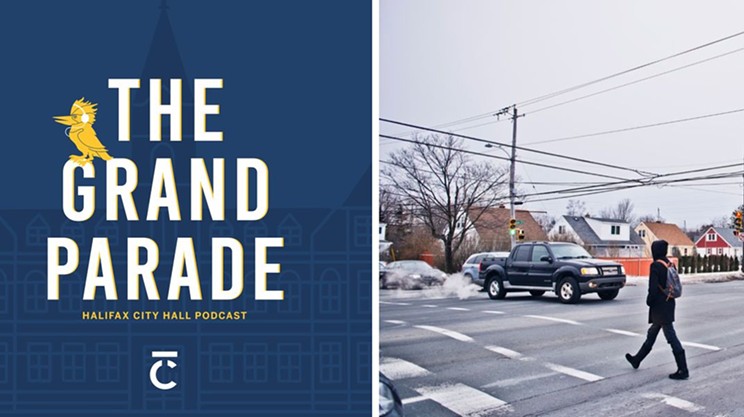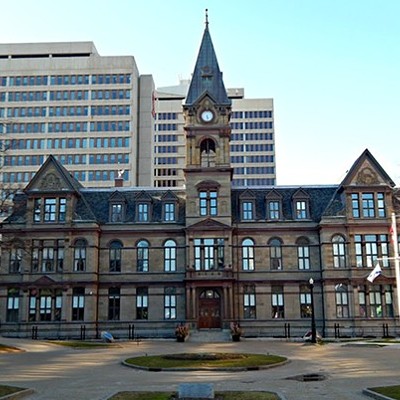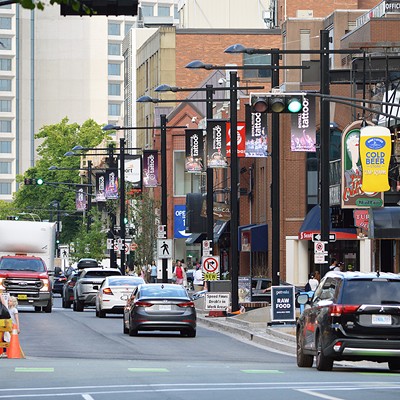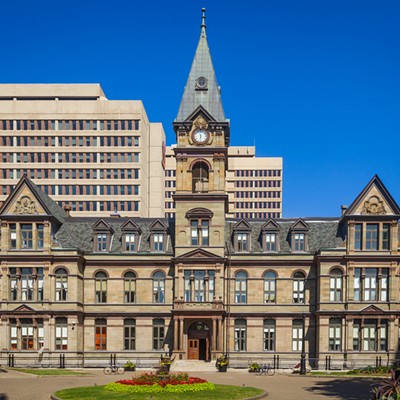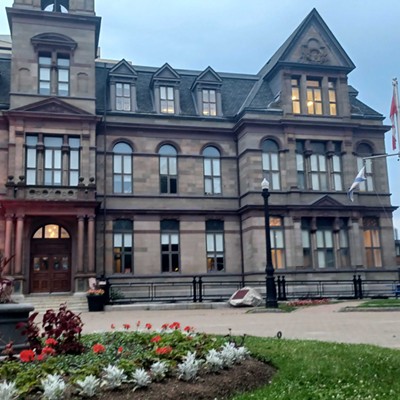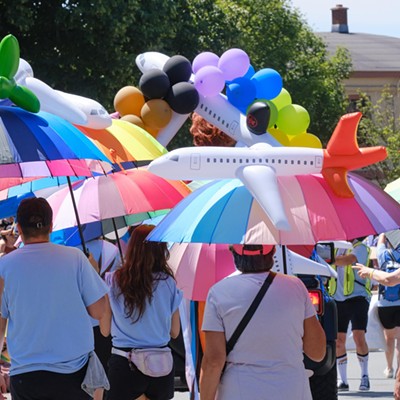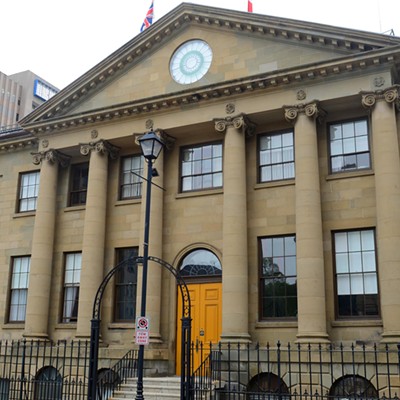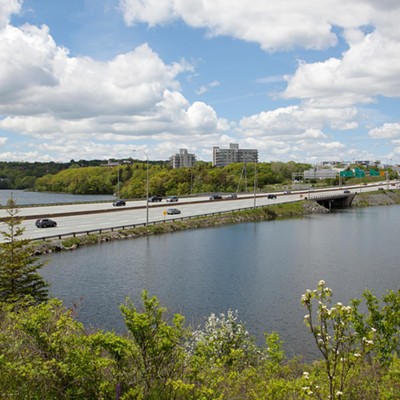All in all the Department of Public Works is a pretty mixed bag this year, as it is most years. The department suffers from a debilitating bureaucratic symptom known as priority paralysis. This is caused by a syndrome that can be found in most modern western bureaucracies, and the bad news for Halifax is that our Department of Public Works suffers hard from both the symptom and the syndrome, which is leading to incredibly bad outcomes for the people of Halifax.
Status Quo Syndrome happens when it is impossible for a department to achieve their goals due to how they plan to achieve those very goals. For example, the Department of Public Works’ traffic management sections has this as their stated goal in this year’s municipal budget documents:
Traffic Management is committed to supporting Regional Council priorities by providing safe and efficient management of the municipal transportation system network including traffic flow, traffic signal / street light maintenance, signage, and pavement markings. It also coordinates and manages the municipality’s right-of-way, balancing competing demands for space.
And while it is true that the engineering practice of traffic flow does take into account other methods of transportation, at its core traffic flow is the study of the movement of individual drivers and vehicles between two points, and the interactions they make with one another. And while it is also true that cars make for phenomenal personal vehicles, their main flaw (from a traffic engineering perspective) is that it is physically impossible for cars to scale as a transportation solution for large populations. This scaling problem is compounded by things like 300 million sandwiches also getting individual car trips. But the short version of some very simple math means that the Department of Public Works will never be able to achieve this goal, because it is impossible to have efficient management of a transportation system that relies on the use of the engineering school of traffic flow.
Efficient traffic flow being a goal of the DPW is a pretty insidious one as it also undermines the will of council, which was pointed out by a member of the public, Martyn Williams, who was the only one to speak at the start of the meeting. Williams pointed out that even though the HRM passed the Strategic Road Safety Framework in 2018 it has yet to do some key work, like “develop action plan for worst 10 types of collisions. Consider rates/frequencies, consistency of collision patterns and crosswalk specific assessments." He also pointed out that even though the city’s Strategic Road Safety Framework says multiple times that “no loss of life is acceptable,” that’s simply not true. Also during the meeting, DPW head Brad Anguish, P. Eng, said that while no loss of life is the city’s goal, accepting death on public roads is “how basically the rest of the country and most of North America measures this.” And since other cities in North America accept death on their streets and because we did a jurisdictional scan that didn’t include Hoboken, New Jersey, we accept death too.
The department is becoming aware of issues like this, but they are unable to correct some of their strategic priorities without the explicit direction of council. This happens when people in power don’t use their power to change things. For example, HRM’s director of traffic management, Lucas Pitts, told the Transportation Standing Committee “as apolitically as possible” last October that speed bumps are a waste of money. Earlier this year, director of public works Anguish told councillors that if they wanted to save $3 million dollars, councillors could decide not to waste the speed hump money going out the door, but they’d have to do it soon. “Soon” was last Friday’s budget meeting, and councillors decided to waste this $3 million on speed humps.
DPW hit councillors with more bad news when answering councillor Sam Austin’s question about the bike network’s completion date, which is now scheduled for 2028. Austin pointed out that some of the stuff in this year’s budget was supposed to have been built already, like the Almon Street bike lane, and is only now going to be built this year. Anguish reassured councillors that money was scheduled to be spent by 2028 and the infrastructure would get built. Austin pointed out that the money for the Almon Street bike lane had been spent in previous budget years, but is only now being built this year, so is there really a guarantee that the 2028 target will be hit?
Spoiler alert: the answer is no. Anguish explained to the Budget Committee on Wednesday Jan. 24 that the city’s capital project list had grown. It used to be the city was spending about $60 million on capital projects, and now they are at hundreds of millions a year. This increase in capital projects comes with an associated increase in complexity, as less expensive active transit infrastructure mixes with massively expensive automotive infrastructure, and both of those infrastructure needs combine with limitations on available labour and land. Since the city is planning on building out two new infrastructure networks in the Bus Rapid Transit and AAA Bike Network, the department believes that bringing project management inhouse will save a lot of time and money, allowing more infrastructure to be built faster, for less.
There is good news for active transit projects in this year’s DPW budget. A whole slew of rural communities are getting active transit connections. Since these transportation routes are in rural areas, and specifically Black communities, like the Prestons, these connections are integral to the city achieving its stated goals of equity, diversity and inclusion. But connecting the Prestons to a bike path that’s not then connected to the rest of the HRM’s planned-but-not-yet-built and prone-to-delay active transit infrastructure is slightly less equitable.
The Department of Public Works’ $113,076,900 budget was approved on Friday, accompanied by vague promises to come back with better updated strategic plans next year and moving forward. More than anything else, this budget delivered a vague sense of unease that the DPW’s priorities are so badly understood and conflicted by the department itself that councillors had just wasted $113,076,900.

